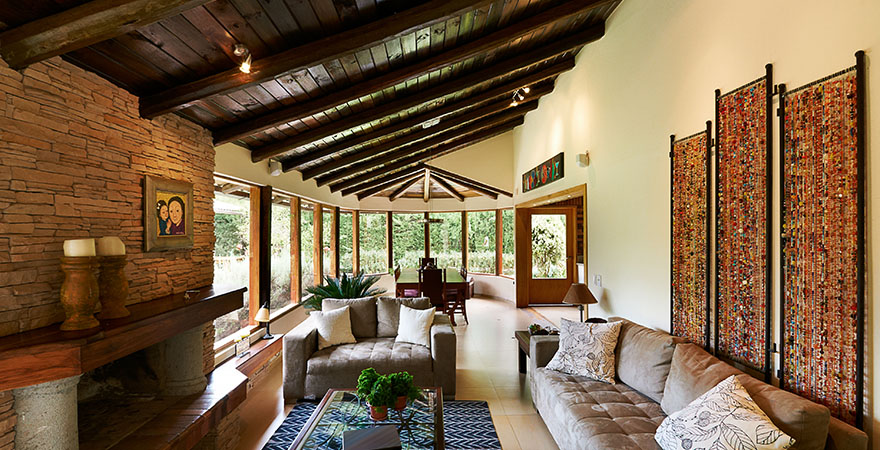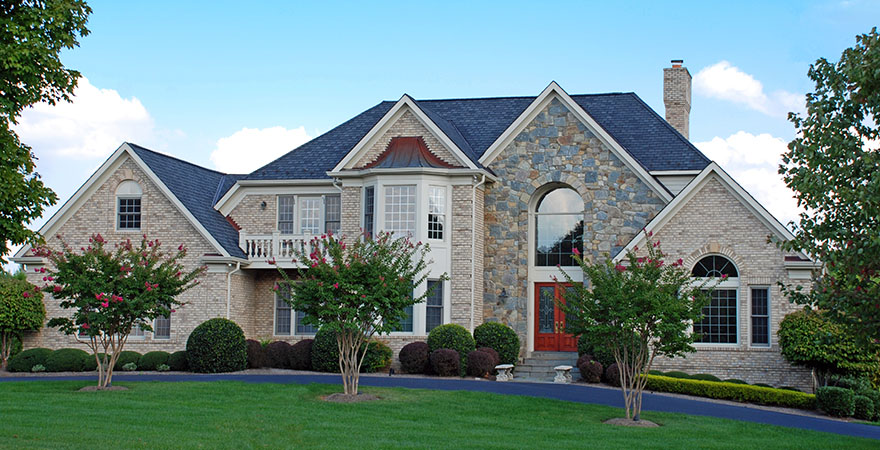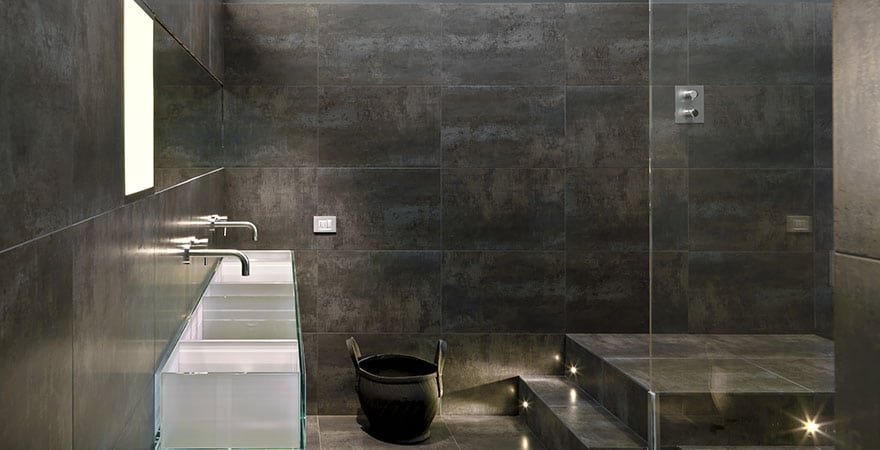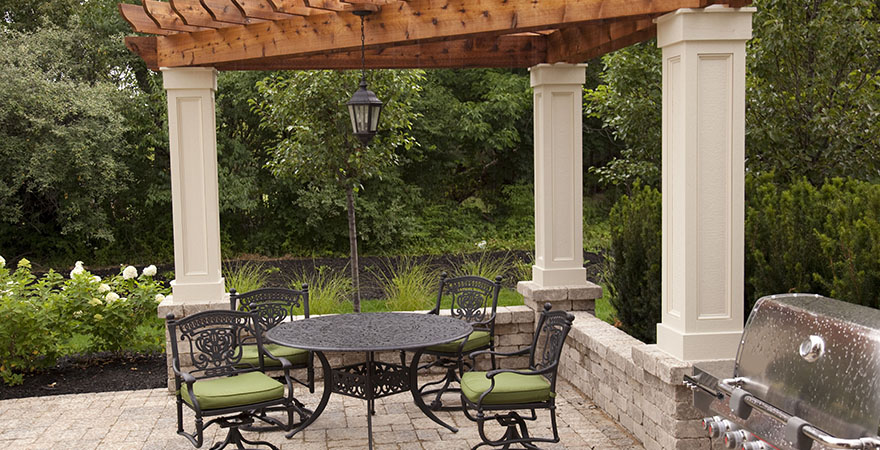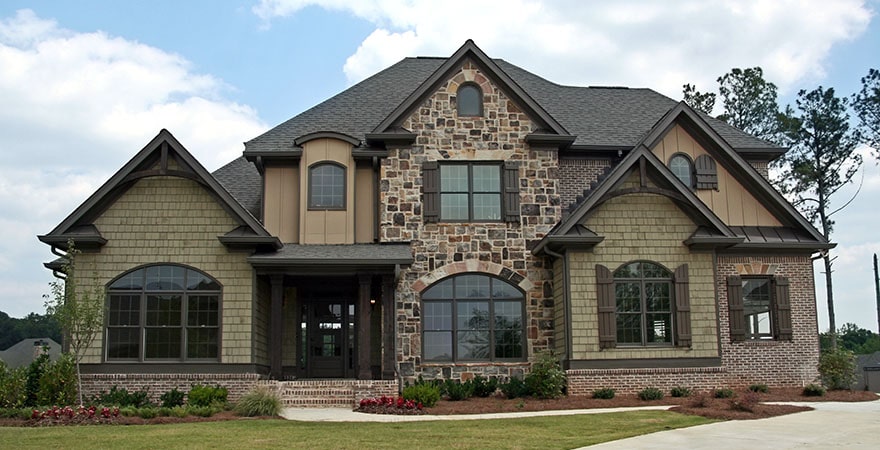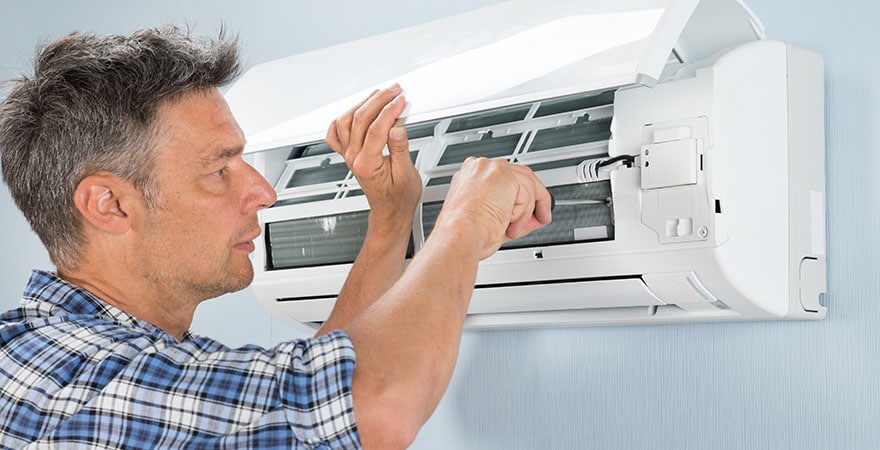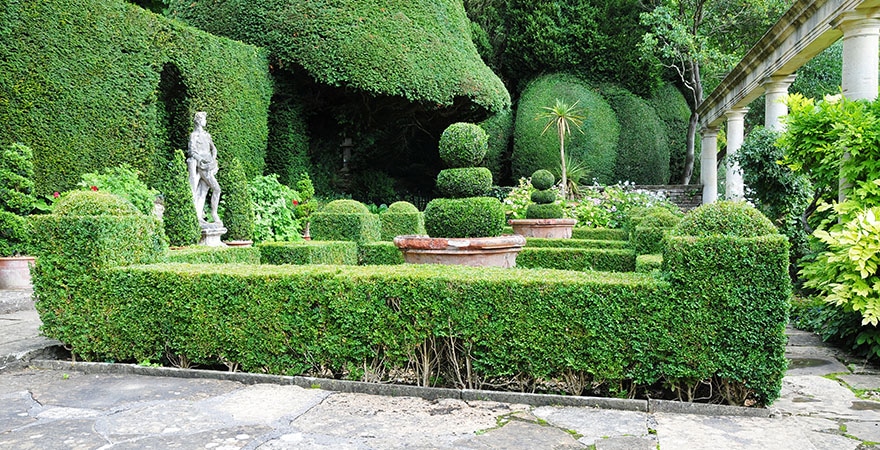The popularity of authentic Persian rugs has significantly increased over the last 20 years. However, true enthusiasts know that Persian antique rugs are not cheap. After all, they are handmade and require hours of effort, which increases the cost. With that, the market is full of counterfeit rugs so you must be able to tell apart the difference if you are not buying from an authorized seller.
Checking for authentic Persian rugs
For a layman, it can be difficult to distinguish machine-made varieties from real Persian rugs. However, both have some intricate similarities that you can easily spot by doing a proper inspection of the rugs. In this article, we put together everything that you should check for before buying Persian rugs.
Look for its origin
True Persian rugs are made in the middle eastern region, especially in and around Iran. In the US, these rugs are imported. So, if the rug has not originated from the middle east, then chances are that it is not authentic.
Many rug companies throughout the world manufacture machined rugs with the same style and designs as that Persian rugs. However, these are not authentic. Other types of hand-knotted rugs are made in countries like China and India.
Check for hand-knotting and hand-tufted
Hand-knotted rugs are made by weavers who are skilled and spend hundreds of work hours as they tie every knot using their hands. On the other hand, hand-tufted rugs are made with the help of a tufting gun that punches the design in. These rugs look good from the outside but have some drawbacks, as they have a shelf-life of only 7 years.
You can clearly see the knots in hand-knotted rugs while hand-tufted rugs do not have clear knots. True Persian rugs are hand-knotted. Hence, knots in the rugs should be the first thing to check when you are buying Persian rugs.
Check the back and front
It is not common to find a handmade rug that has a perfect design both on the back and the front. After all, these rugs are hand-knotted and hence, they are going to have some imperfections in the designs. On the other hand, machine-made rugs almost never have imperfections in them. Machined rugs come with meshes that cover the rug’s underside, which you can easily spot.
Persian rugs have soft backing
Sometimes, to check whether a Persian rug is authentic or not, you just must look at the backing. Authentic rugs have a very soft backing since they are knotted by hand. Hence, there is no backing material present there for support. On the other hand, machined rugs always come with backing material for the support. You can easily feel the presence of a stiff plastic material that supports the rug and holds together the machined knots.
Check the fringes
For authentic Persian rugs, the fringes are also a part of the body. On the other hand, machined rugs come with separate fringes that are not created during manufacturing. Instead, the fringes are sewn in later after the completion of the body. So, if the fringes are sewn in the body, then it is not a genuine Persian rug.
Check the material
Real Persian rugs are made of materials such as silk, wool, and cotton. Other than that, no other material is used in their making. These are hence hypoallergenic, flame retardant, and anti-bacterial. This allows authentic Persian rugs to survive for many generations with proper maintenance and care.
Conclusion
You will not have to worry about the authenticity if you buy wholesale Persian Rugs Alexandria from a well-reputed and certified dealer. If the seller is not well-reputed, you will have to look for the signs mentioned in this post.

